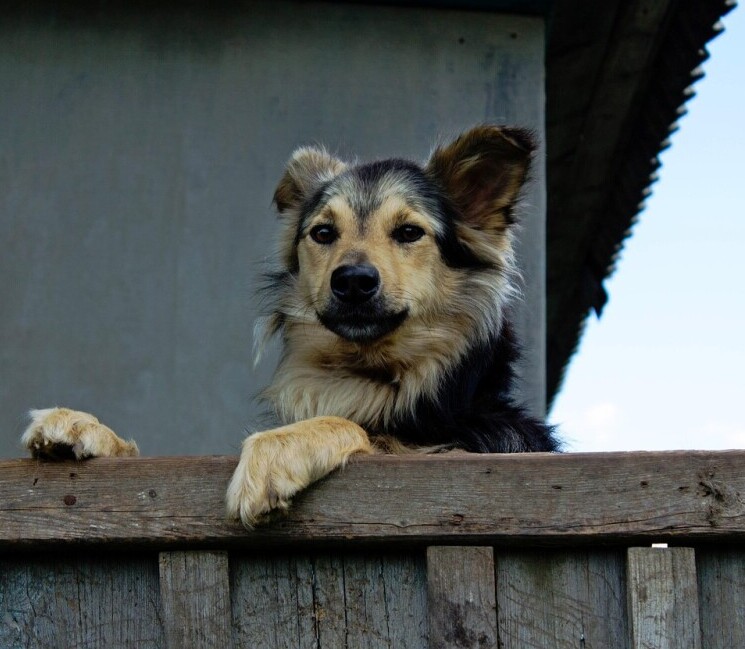
A few of the links in this post are affiliate links. If you buy something, we may earn a small commission (no extra bones from your wallet 🐾). Thanks for helping support the site and all of the dog adventures!
Dog-proofing isn’t just a trendy thing dog owners do; it’s the heartbeat of creating a safe sanctuary for your furry friend. At its core, it’s about carving out a space where dogs can be their curious, playful selves without the risk of accident or injury.
Think about it like giving kids a well-prepared playground, free of sharp edges or broken slides. We’re here to help you provide tips to give your pup safe and out of trouble.
Creating this environment isn’t just peace of mind but a positive impact on your dog’s health. Statisics show a significant number of pet-related accidents happen due to preventable home hazards. Tripping over cords, ingesting harmful substances, or getting trapped in unstable furniture is more common than you might realize.
When you’re tweaking your environment to match your dog’s natural instincts, you’re giving them the freedom to explore safely. Dogs love sniffing and chewing their way through the world. They jump on things that surprise them and sometimes stick their noses where they don’t belong.
Embrace these quirks by adjusting surroundings accordingly. It’s quite literally letting them live their best life without the constant ‘No, don’t touch that!’ echoing around the house. Don’t give them the opportunity to get into trouble and you’ll have peace of mind that they will be okay.
Tracking your dog in the yard adds an extra layer of safety. See recommended options in Smart Collars and GPS Trackers.
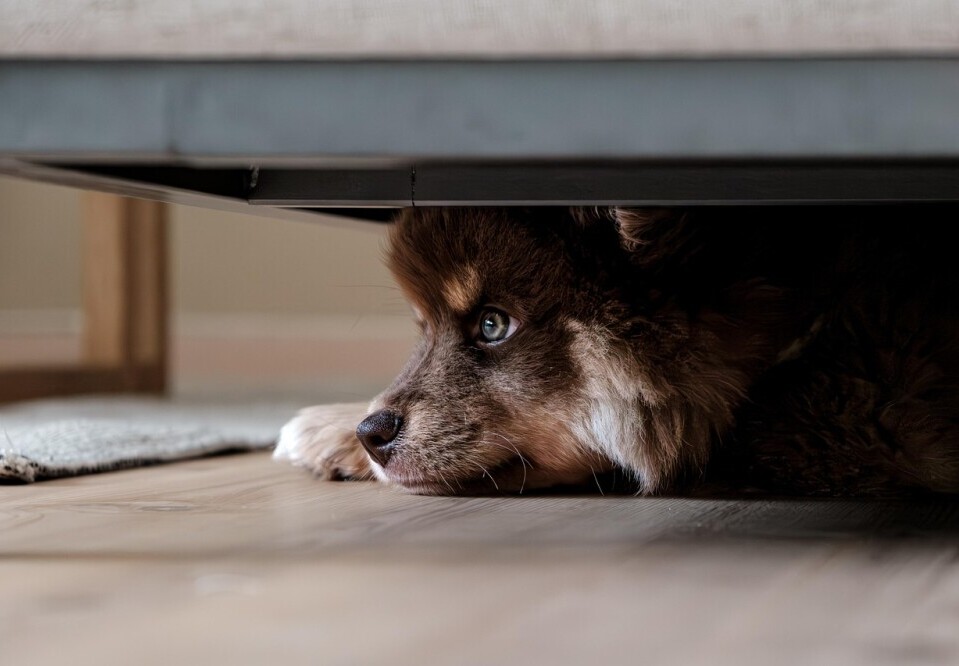
Interior Dog-Proofing: Protecting Your Canine Indoors
Homes can be an obstacle course for our furry companions if we aren’t careful. Start by spotting those sneaky dangers hiding in plain sight. Electrical cables are like shining toys for dogs that love to chew and tug. Keep them out of reach or shielded to avoid any shocking surprises.
And, let’s face it, trash cans are just treasure chests in disguise for curious pets, so secure them with lids or store them away from prying paws. Make sure your garbage isn’t easily accessible to them so that there’s no chance they can rummage through it.
Our furniture might seem safe to us, but for dogs, it can be a real hassle. Wobbly tables, breakable decorations, and low-hanging drapes are temptations waiting to create a thrill—or disaster. Make sure any expensive items are out of their reach and unable to get easily knocked over.
Opt for sturdy arrangements and anchoring tactics for those prized possessions. And, consider low-temp testing with your dog around to see what needs securing. Assume that your dog is going to roam where it wants and not be so cautious when around fragile items, so keep any objects out of sight and reach.
Designating safe spots for your dog is not just practical; it’s a kindness they’ll appreciate. Puppy gates or a cozy crate can be their go-to zones when you’re not around to supervise. And remember, even our four-legged pals enjoy a bit of personal space every so often. Create a space for them where they can be themselves and keep anything that you don’t want your dog getting into out of their area.
Keep the chewing temptations at bay by organizing cables and safely storing temptations like shoes and remote controls. Dogs don’t always know the difference between their toys and your essentials, so give them their own fun stuff to chew on instead. Have a specific toy area for them to play and dont tempt them by having cords or wires exposed and out in the open. Now let’s talk about the yard.
Dog-proofing overlaps with creating a senior-friendly environment. Get detailed tips in How to Make Your Home Senior Dog Friendly.
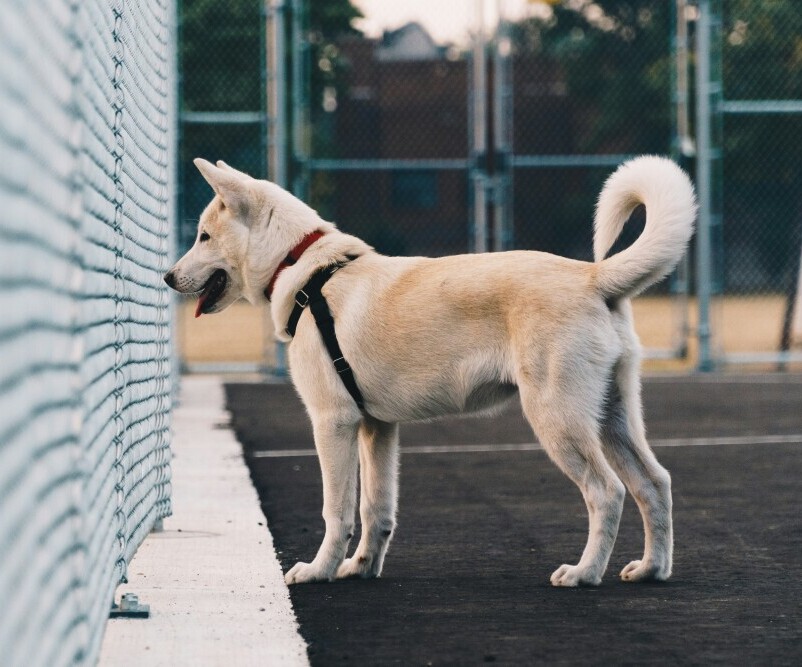
Yard Safety: Keeping Your Outdoor Spaces Pet-Friendly
When it comes to the great outdoors, our yards can be just as unpredictable for our dog pals as a forest expedition. First, let’s talk about plants. Some greenery like lilies or azaleas might look pretty but can be toxic if your pup decides they’re a snack. Replace them with safe alternatives or cordon them off to avoid any whimper-worthy situations. Be aware of any toxic plants in your yard that may be harmful to your pup.
A solid fence is your BFF when it comes to keeping your dog safe in the yard. Check for gaps or weaknesses regularly to prevent any Houdini-style escapes or the neighborhood wildlife from dropping by unannounced.
Ensuring your fence is high enough can also discourage your pup from jumping out for an impromptu adventure. Make sure that there aren’t any holes at the bottom that are easily accessible to your pup. If there are, you may want to place some dirt or sticks to keep your dog from getting out.
Another potential hazard could be the garden tools and potentially sharp objects lying around. Keep them stored safely out of reach to prevent paw injuries or other mishaps. It’s like keeping the kitchen knives out of reach of toddlers but with more wagging. Don’t leave any dangerous tools about that your pup could step on or get injured by.
Creating designated play areas with dog-friendly landscapes can keep your canine chilled and content. Maybe a patch of softer grass or a sandbox can tempt them away from your prized roses. Your goal is to make the yard a fun yet controlled environment for them to frolic in. Have their place away from any work areas so that they dont get where they aren’t supposed to be.
More dogs increase the potential for accidents or conflicts. Learn household management tips in Balancing Multi-Dog Households.
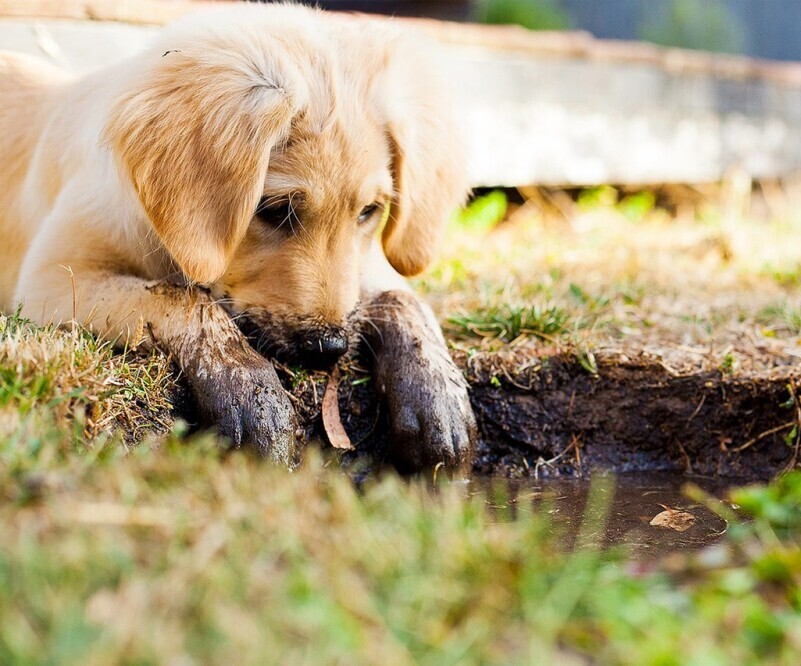
Behavioral Considerations: Understanding Your Dog’s Instincts
Understanding what drives your dog’s behavior is like unlocking the secret code to their happiness and safety. Our furry friends are naturally curious and sometimes that curiosity crosses into danger. Whether it’s running after a squirrel or sticking their noses where they shouldn’t, recognizing these instincts helps in creating preventive measures.
Boredom can be a big troublemaker, leading to chewed-up shoes or furniture. Regular exercise doesn’t just burn energy; it’s a stress-buster too. A happy, tired dog is less likely to wreak havoc and more likely to snuggle up after exploring their bounds safely. Get your pup enough playtime and exercise so that they are too tired to get into trouble.
Corporate training with these insights can make all the difference. Teaching your pup about boundaries means fewer accidents. Reinforce where they shouldn’t go or what they ought to leave alone using positive rewards and clear commands. If possible have dangerous areas blocked off or separated from your dog’s play area.
And sometimes, the best safety measure is simply a watchful eye. Supervision, especially in potentially harmful areas, can avert disaster before it strikes. Learn to spot those warning signs—like when they start sniffing a plant they shouldn’t—so you can intervene and redirect their attention to safer choices.
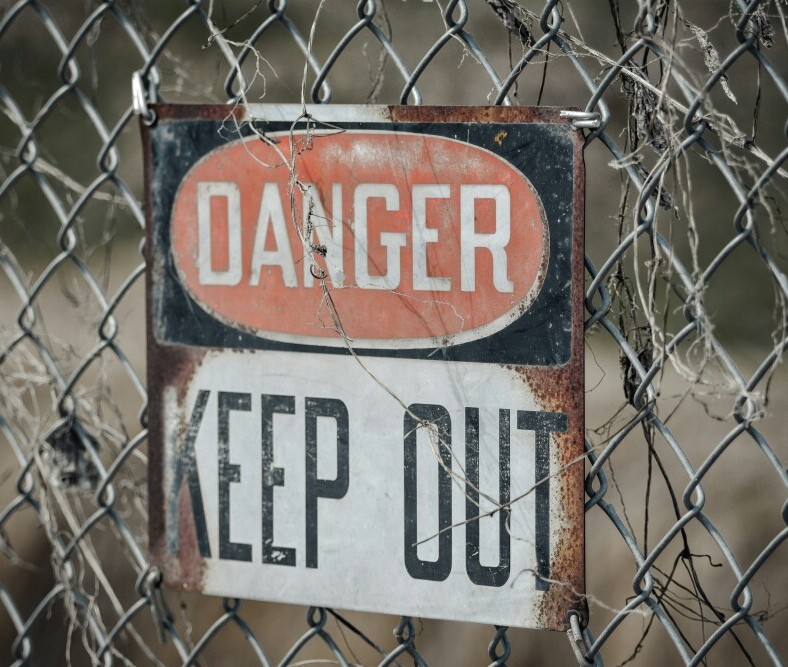
Practical Precautions: Preventing Scenarios That Lead to Trouble
Routine maintenance is more than just a household chore—it’s a critical part of dog-proofing. Regularly check for small objects on the floor that could be swallowed, ensure cleaning supplies are firmly stored away, and confirm that baby-proofing measures remain intact. A bit of routine vigilance can prevent chaos from creeping into tranquility.
Despite our best intentions, accidents might still happen. Having emergency measures in place can be a lifesaver. Make sure you have basic first aid supplies at hand and know your vet’s emergency contact details. In case of a sudden escape, keeping your dog’s ID tag up to date is practical and prudent.
Dogs, much like children, go through stages of growth and change. What works for a puppy might not be suitable for a more adventurous adult dog. Keep adapting your safety measures to match your dog’s current stage of life and energy levels.
At times, behaviors may still perplex even the most attentive dog owner. When things seem out of control, don’t hesitate to reach out to a professional dog trainer or your veterinarian. Their experience and expertise can provide solutions you might not have considered and help address deeper behavioral issues.
The best way to keep your dog out of trouble is to be proactive. Don’t give them a chance to wreak havoc by keeping all important or dangerous items out of reach and away from where they can get to. Preventative measures will keep them safe, and help you avoid any pet emergencies.
